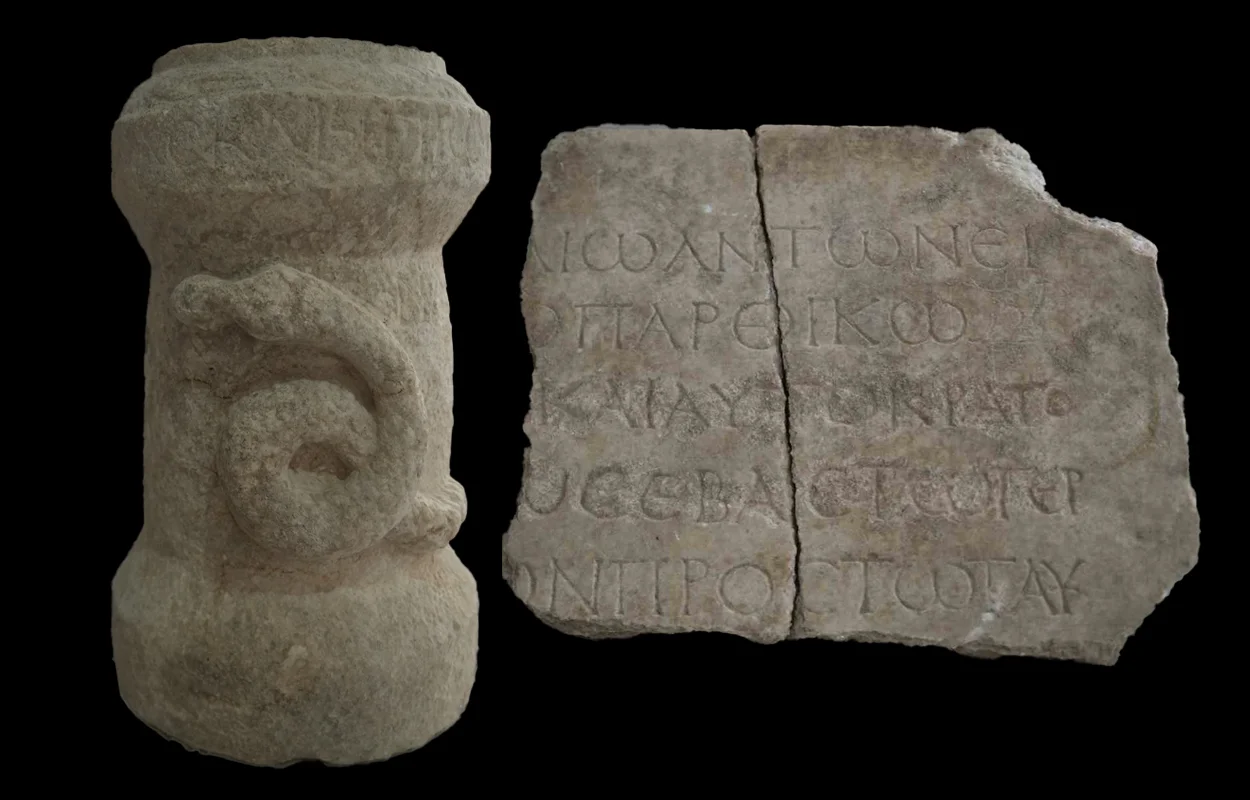Archaeologists have uncovered evidence indicating that a Roman-era pool at Tyana was once a sanctuary in dedication to Asclepius.
Tyana, known as Tuwana during the Iron Age, was an ancient city in the Anatolian region of Cappadocia, Turkey.
During the Roman period, the city emerged as one of the region’s four principal cities and a major trading stop linking Anatolia with Cilicia. Under Roman Emperor Caracalla, the city became Antoniana colonia Tyana.
The pool, constructed during the reigns of Emperors Trajan and Hadrian during the 2nd century AD, was thought to have served as part of the city’s water supply system.
However, recent excavations by Aksaray University’s Archaeology Department have uncovered an altar, suggesting that the site served as a sacred space for spiritual and physical renewal.

The altar is decorated with snake motifs symbolic of healing and rejuvenation, which according to Professor Osman Doğanay is in dedication to Asclepius, the god of medicine in ancient Greek religion and mythology. Also uncovered are additional sculptural fragments featuring snake imagery.
“These finds, coupled with the architectural remains uncovered along the pool’s eastern side, indicate the presence of a sanctuary or temple complex dedicated to Asklepios,” said Professor Doğanay.
Such sanctuaries, known throughout the Greco-Roman world, combined religious devotion with practical healing practices. Pilgrims would seek cures through ritual bathing, prayer, and offerings to Asclepius, often leaving votive tokens in gratitude for restored health.
Header Image Credit : Carole Raddato – CC BY-SA 2.0
Sources : Aksaray University







